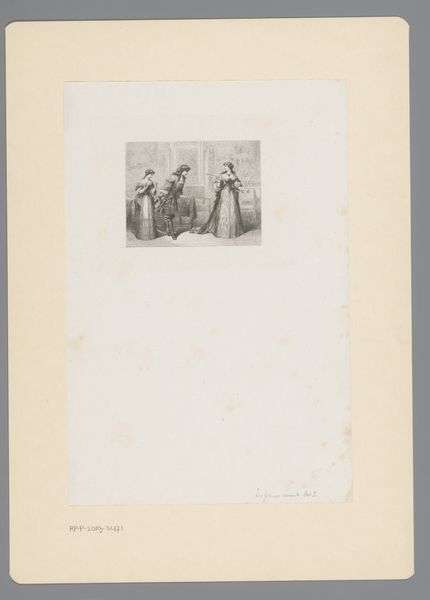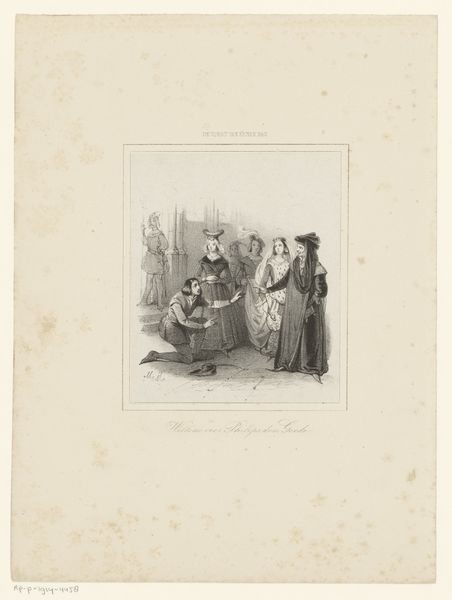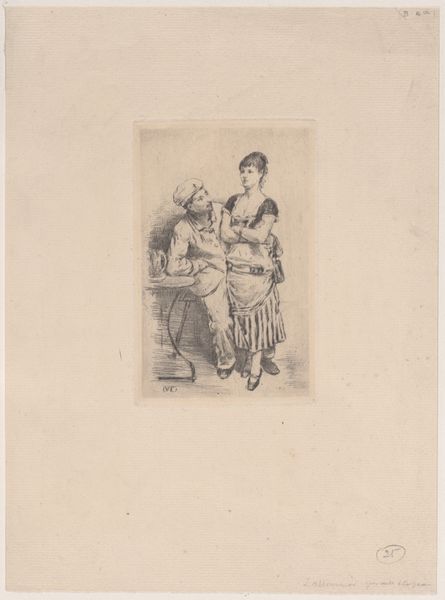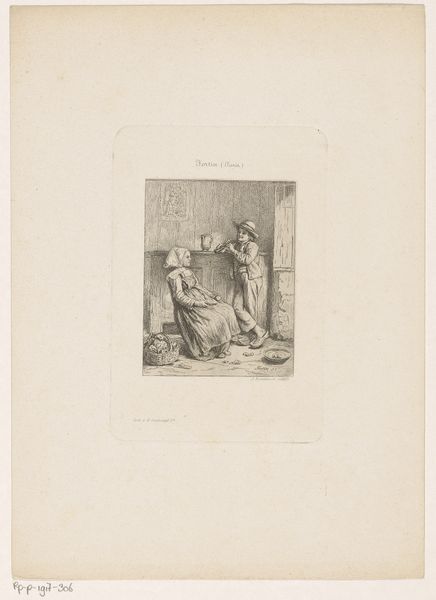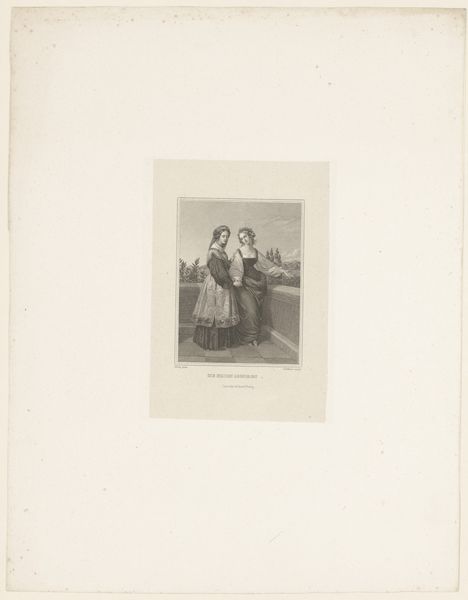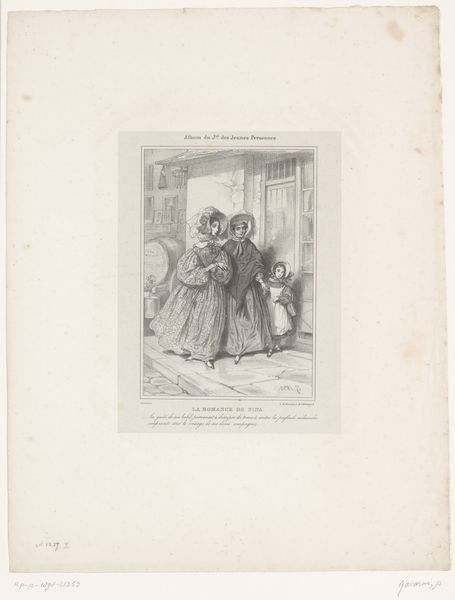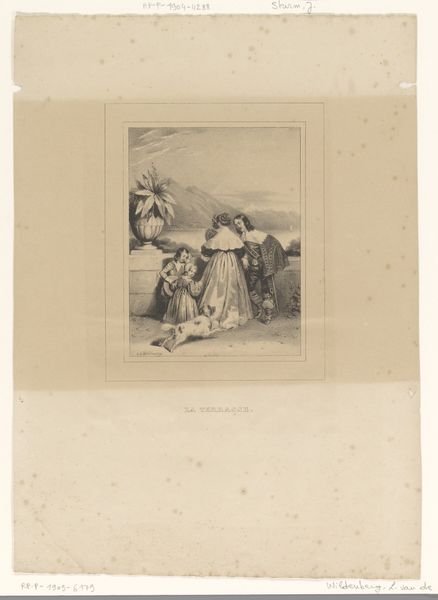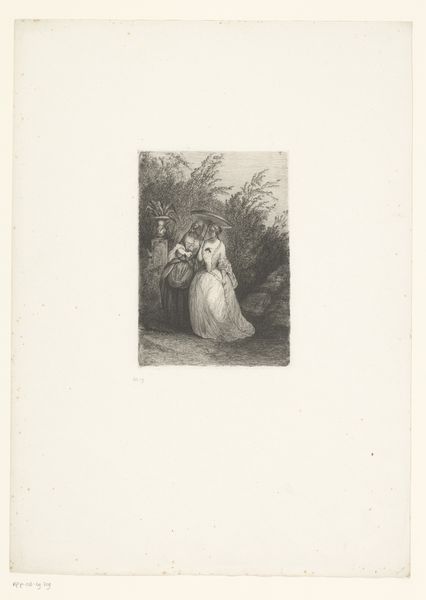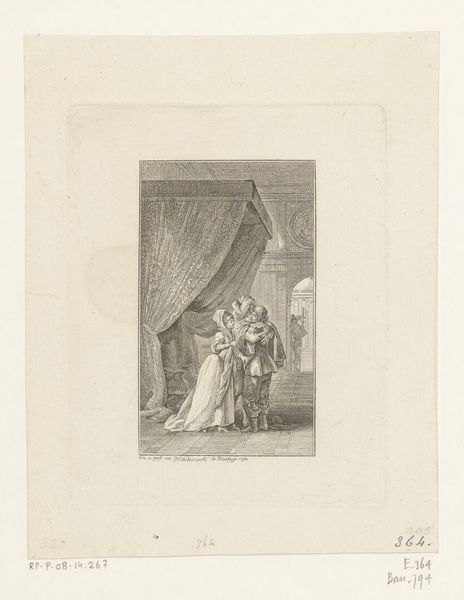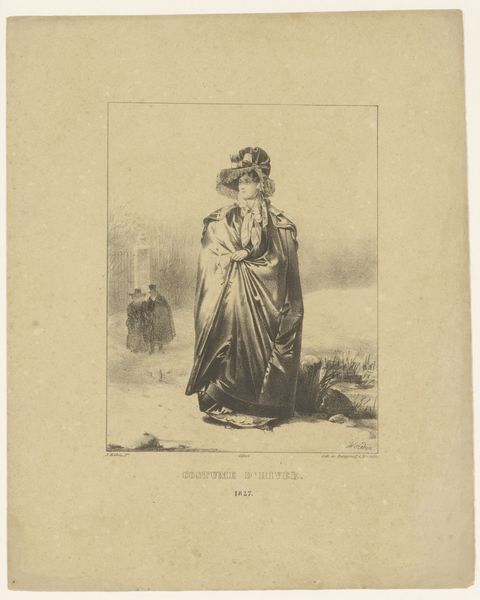
drawing, paper, pencil
#
portrait
#
pencil drawn
#
drawing
#
light pencil work
#
pencil sketch
#
paper
#
pencil
#
pencil work
#
genre-painting
#
realism
Dimensions: height 125 mm, width 88 mm
Copyright: Rijks Museum: Open Domain
Curator: This is "Twee vrouwen in klederdracht, met elkaar pratend," or "Two Women in Traditional Costume Talking to Each Other," a pencil drawing by Carl Bloch, dating back to 1880. What strikes you about it initially? Editor: There's a quiet intimacy. The figures are closely framed, and the limited palette and delicate pencil work create a very contemplative, almost melancholic mood. The detail in the women's faces really draws me in. Curator: Bloch, though renowned for his religious paintings, frequently engaged with genre scenes such as this one. His choice to depict women in traditional dress offers a lens through which to examine gender roles and cultural identity during the late 19th century. The institutional frameworks of the art world also played a part in promoting genre painting to a larger audience, giving artist's increased public visibility. Editor: Exactly! And the "traditional dress" aspect becomes significant. Who were these women? What community did they belong to? What social codes or power dynamics are embedded within this everyday interaction? How might issues of class and access relate to their clothing and standing in society? The basket, is this a shared task? There are many possible discussions around what these women represent, don't you think? Curator: Most definitely. It also seems they are accompanied by a child and a dog. Note also Bloch's emphasis on realism, placing the subjects front and center as if we were eavesdropping on this interaction. He presents them without idealization, capturing wrinkles, gestures and expressions. Editor: Which begs the question, for whom was this realism intended? Was Bloch consciously working within, or against, a specific aesthetic or socio-political current of the time? I want to investigate how these women were viewed by society as a whole, by people in similar social or economic classes, versus more elite people, too. I love this piece; it's deceptively rich with layered meanings. Curator: A thoughtful examination opens pathways to critical interpretation. Thinking of the time this artwork was made is essential to my appreciation for the piece. Editor: Indeed, contextualizing our own viewpoint gives more resonance to the artwork's subtle statements.
Comments
No comments
Be the first to comment and join the conversation on the ultimate creative platform.
